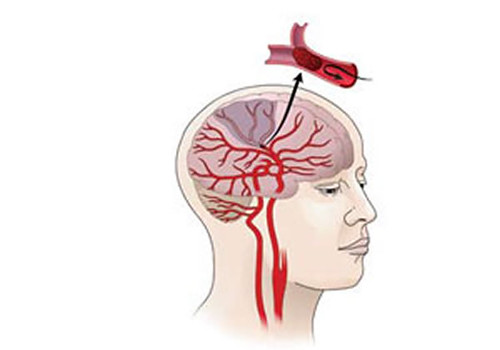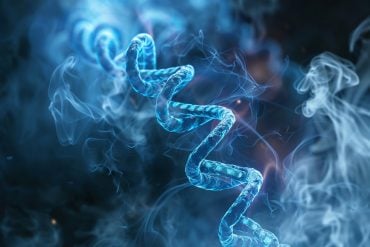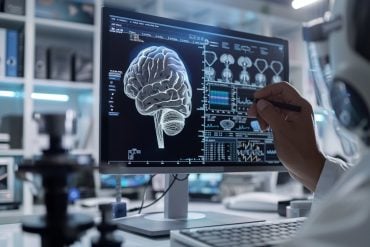A new study in animals shows that using a compound to block the body’s immune response greatly reduces disability after a stroke.
The study by scientists from the University of Wisconsin School of Medicine and Public Health also showed that particular immune cells – CD4+ T-cells produce a mediator, called interleukin (IL)-21 that can cause further damage in stroke tissue.
Moreover, normal mice, ordinarily killed or disabled by an ischemic stroke, were given a shot of a compound that blocks the action of IL-21. Brain scans and brain sections showed that the treated mice suffered little or no stroke damage.
“This is very exciting because we haven’t had a new drug for stroke in decades, and this suggests a target for such a drug,” says lead author Dr. Zsuzsanna Fabry, professor of pathology and laboratory medicine.

Stroke is the fourth-leading killer in the world and an important cause of permanent disability. In an ischemic stroke, a clot blocks the flow of oxygen-rich blood to the brain. But Fabry explains that much of the damage to brain cells occurs after the clot is removed or dissolved by medicine. Blood rushes back into the brain tissue, bringing with it immune cells called T-cells, which flock to the source of an injury.
The study shows that after a stroke, the injured brain cells provoke the CD4+ T-cells to produce a substance, IL-21, that kills the neurons in the blood-deprived tissue of the brain. The study gave new insight how stroke induces neural injury.
Similar Findings in Humans
Fabry’s co-author Dr. Matyas Sandor, professor of pathology and laboratory medicine, says that the final part of the study looked at brain tissue from people who had died following ischemic strokes. It found that CD4+ T-cells and their protein, IL-21 are in high concentration in areas of the brain damaged by the stroke.
Sandor says the similarity suggests that the protein that blocks IL-21 could become a treatment for stroke, and would likely be administered at the same time as the current blood-clot dissolving drugs.
“We don’t have proof that it will work in humans,” he says, “but similar accumulation of IL-21 producing cells suggests that it might.”
Graduate student Benjamin S. D. Clarkson and scientist Changying Ling were key members of the UW research team, as was Dr. Dandan Sun, formerly of the UW neurosurgery department and now at the University of Pittsburgh, and Dr. Vijay Kuchroo, of the Harvard Medical School.
The paper was published this week in the Journal of Experimental Medicine.
The study was supported by the American Heart Association/American Stroke Association, the UW Cellular and Molecular Pathology Graduate Program and the National Institutes of Health via grant numbers NS037570, NS076946, AI048087 and AI068730.
Contact: Dr. Zsuzsanna Fabry – University of Wisconsin Madison
Source: University of Wisconsin Madison press release
Image Source: The image is credited to NINDS/NIH and is in the public domain.
Original Research: Abstract for “T cell–derived interleukin (IL)-21 promotes brain injury following stroke in mice” by Benjamin D.S. Clarkson, Changying Ling, Yejie Shi, Melissa G. Harris, Aditya Rayasam, Dandan Sun, M. Shahriar Salamat, Vijay Kuchroo, John D. Lambris, Matyas Sandor, and Zsuzsanna Fabry in Journal of Experimental Medicine. Published online March 10 2014 doi:10.1084/jem.20131377






